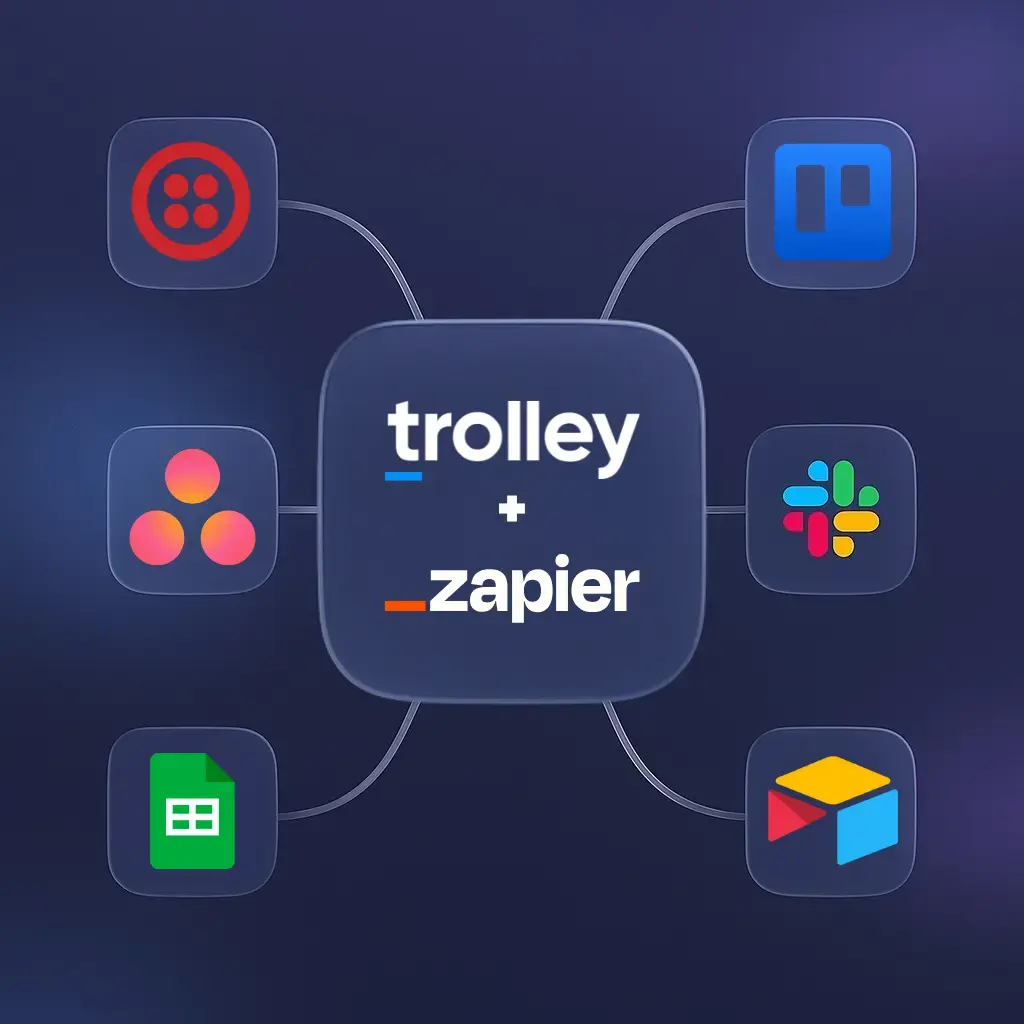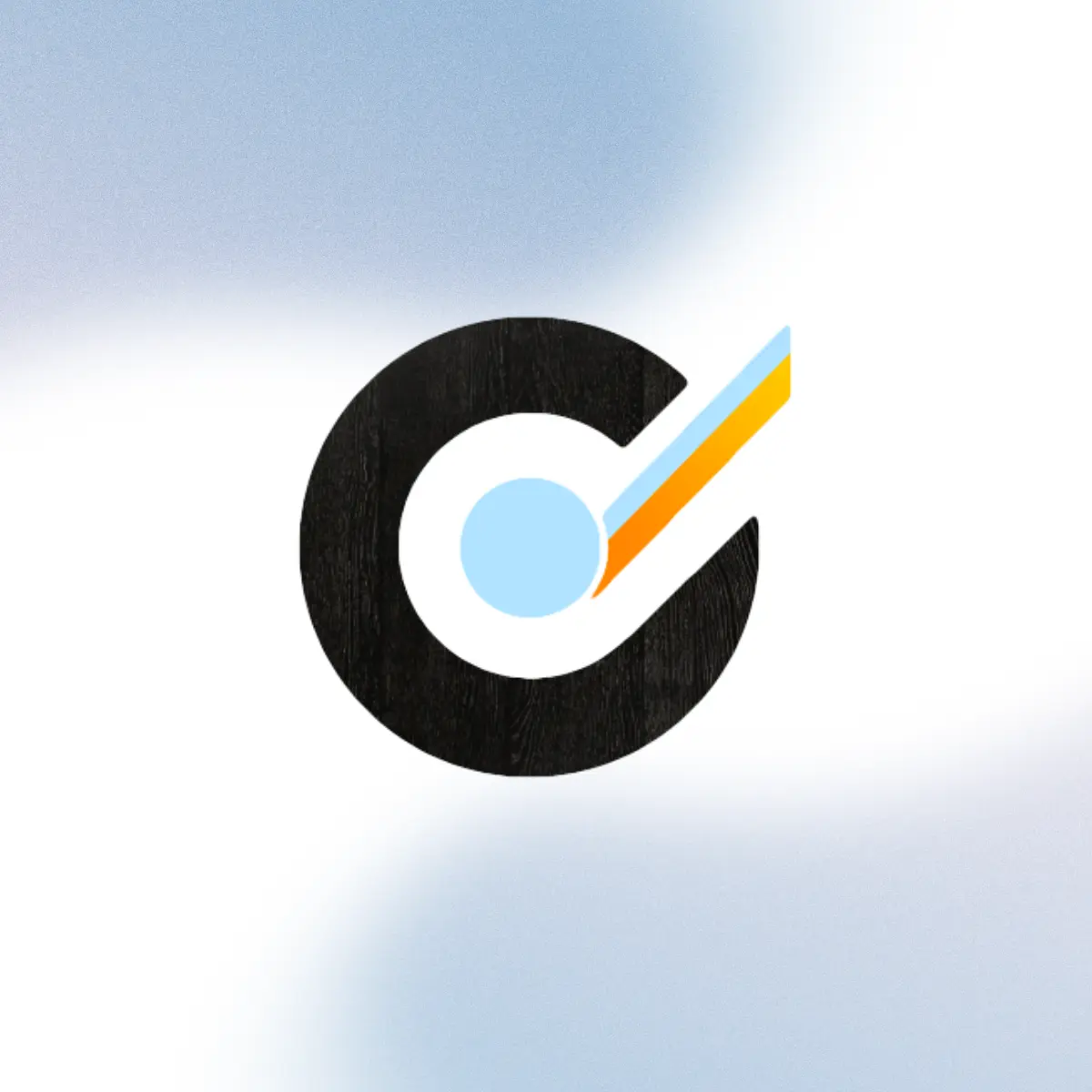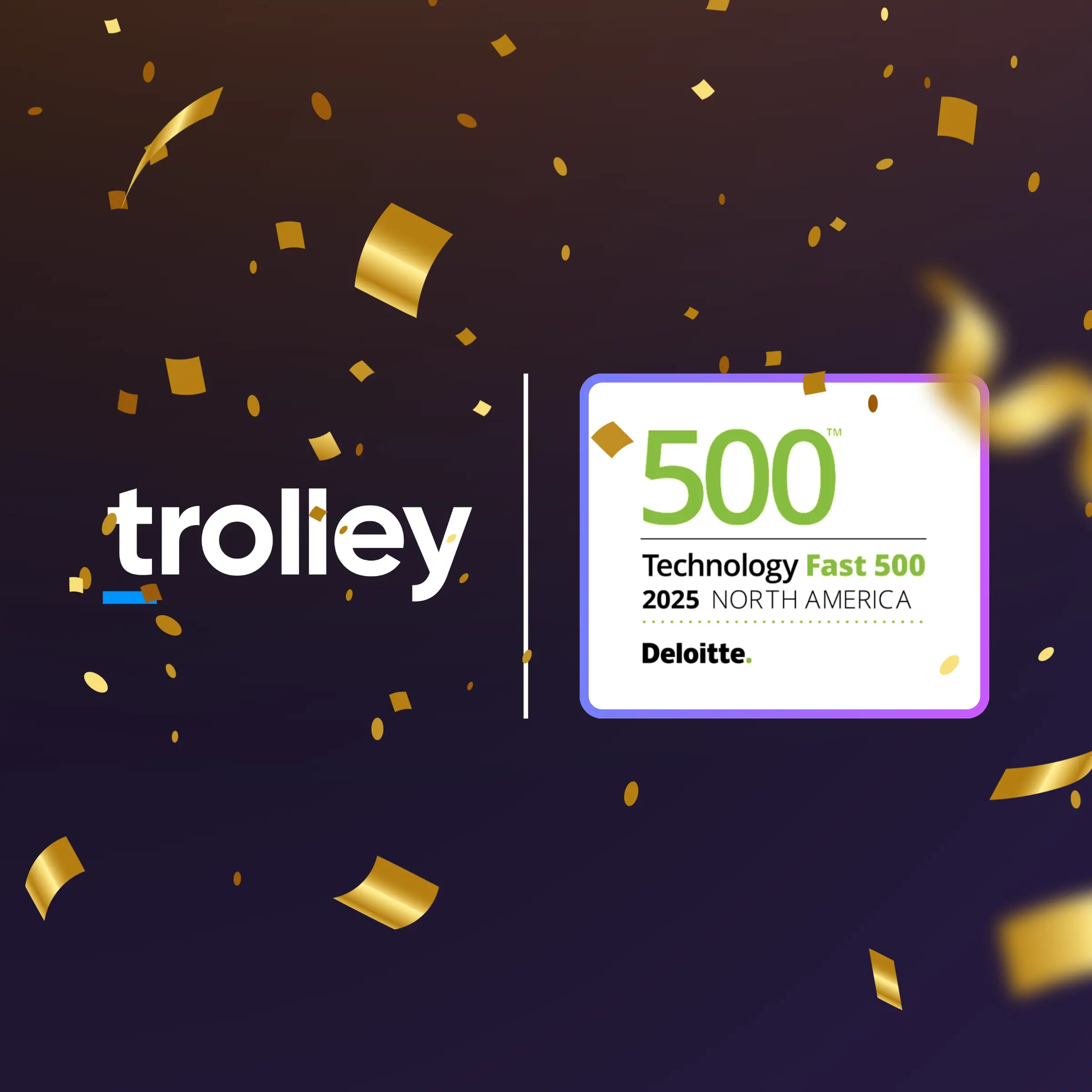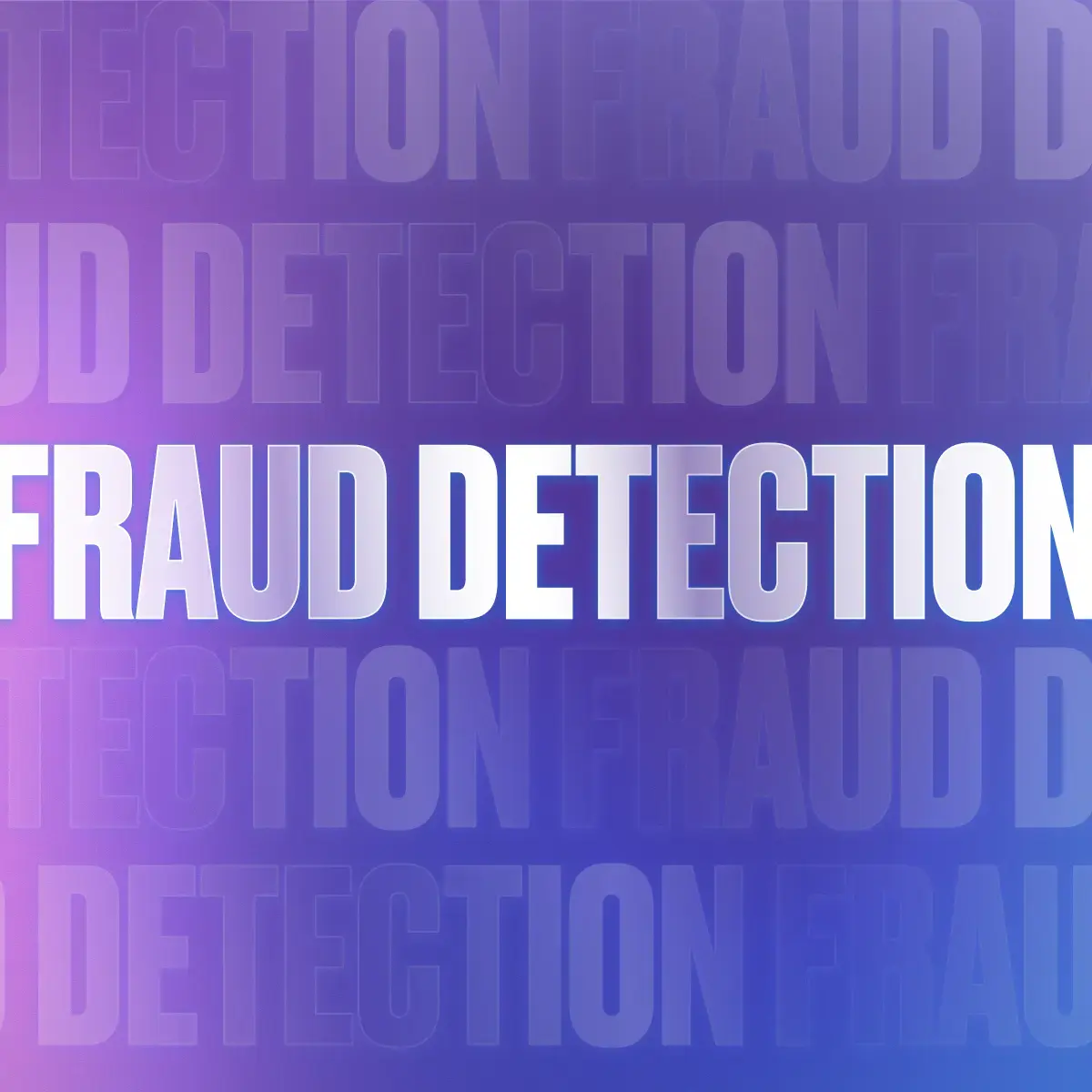11/22/2023 update: The IRS has announced another delay of its Form 1099-K threshold changes. For calendar year 2023, with reporting due in January 2024, the reporting threshold for TPSOs remains at $20,000 in gross amount of aggregate payments and 200 transactions.
The IRS plans to propose a $5,000 reporting threshold for the following year, with the aim of eventually working towards the $600 threshold. This change does not affect state reporting thresholds—many of which are already $600.
Overwhelmed by IRS regulatory changes? Unsure of what regulations will impact your business? We outline the biggest changes businesses paying non-employees need to be aware of this tax season, what to do about them, and how to avoid having to worry about them ever again (hint: it involves a payout/tax automation software). 👀
For businesses paying contractors and freelancers, staying compliant with ever-changing IRS regulations can be a major headache. Every year, IRS guidelines evolve and businesses have to do some soul-searching:
- Is it worth building solutions to accommodate these changes, or is a third-party solution the answer?
- At what point is offloading tax and compliance worthwhile for the business?
- How do I know what to look for in a tax automation tool?
The answers to these questions will be different for every organization. We’ll start by outlining the changes in IRS regulations you need to know about heading into tax season 2023, weighing the options available to businesses affected by these changes, and talking about how Trolley can solve tax problems for your organization, this year and beyond.
In particular, this year the IRS introduced some major changes to the way that businesses paying non-employees need to handle their tax processes. From a major shake-up in the 1099-K threshold to electronic filing requirements to a new IRS e-filing system (without removing the old one), here are the changes affecting businesses paying non-employees (and how we think you can set yourself up to never have to worry about them, ever again).
What we cover
What’s the deal with 1099-Ks?
Massive threshold changes—delayed
The American Rescue Plan Act of 2021 lowered the reporting threshold for Form 1099-K to $600 per individual being paid regardless of the number of transactions. Previously, the individual threshold stood at $20,000 and more than 200 transactions. In general, this means that the IRS moved from a very high, almost impossible-to-hit threshold, to something pretty easy to surpass.
The IRS predicted that about 28 million more 1099-Ks would be filed in 2024 due to the lowered threshold.
The legislation went into effect on January 1, 2022, and was meant to be applied to all payments made after December 31, 2021. However, this implementation was delayed by one year when the IRS announced on December 22, 2022, that 2022 would be treated as a transition year for the reduced reporting threshold.
Then, on November 21, 2023, the IRS announced another delay—now, calendar year 2023 will be treated as another transition year.
Given how drastically the threshold for 1099-Ks will change, many businesses previously handling 1099-Ks manually will need to look into automating TIN collection, form generation, and filing. The $600 reporting threshold, while delayed, is an inevitability.
Not only is this important for making the workload manageable, but it’s also a vital step in preventing “B” notices.
Don’t get stung by “B” notices
When a company (payer) files a 1099 for a recipient and the TIN or name provided doesn’t match the IRS’s records, the IRS will issue a “B” notice. Using the most modern technology possible, this notice is mailed to the payer as a CD-ROM, and offers a list of all recipients who need to have “B” backup withholding started immediately.
The recipient will need to correct these errors before the payer can begin making payouts without withholding being applied. This is a fairly manual process for all those involved.
Due to the low number of 1099-K’s being issued at the $20,000 threshold, “B” notices are rare. In the case of the new $600 threshold, we predict they will explode in scale—making pre-validation features like TIN matching critical to onboarding processes.
Tackling technical challenges
When the reporting threshold for 1099-Ks is reduced to $600, TPSOs will need to set systems in place to handle significantly higher volumes of 1099-Ks.
Last week, we unveiled the newest addition to our IRS Tax product: the ability to generate and file Form 1099-K from Trolley in full compliance with IRS standards.
1099-Ks are the only contractor income form that breaks down earnings by month, rather than annually. On our side, this created some additional technical challenges to ensure we can calculate monthly earnings rather than just annual numbers.
However, by letting an automation solution platform like Trolley take care of these technical challenges as they arise, you can focus more of your time and resources on what matters: your core business.
If you’re looking for more info about 1099-Ks, we have good news for you. You can find the essential background information and history of the form, important filing dates, implications of the threshold changes and what to do next in our TrolleyBRIEF all about 1099-Ks.
Haven’t said goodbye to paper yet? It’s time
In February of this year, the IRS amended the rules for filing returns electronically starting in 2024. Previously, electronic filing was only mandatory when businesses had 250 recipients or more per 1099 form type.
In 2023, the IRS reduced that number to require electronic filing for 10 or more Form 1099 returns and this is now measured in aggregate across all form types. In other words, businesses will determine whether to e-file based on the total number of all their information returns together, rather than by applying the threshold to each individual form type.
If you’re still paper filing, it’s time to make the switch to e-filing. And, the IRS has introduced a new electronic filing system for you to do just that. Let’s take a look at the differences between the two IRS electronic filing systems and which one might be right for your business.
FIRE
Filing Information Returns Electronically (FIRE) is the IRS’ existing electronic filing system.
FIRE allows submission of Forms 1099 and Forms 1042. It’s web browser based, but generating the e-file to upload requires software. To use FIRE, companies need internal tech and development resources with the ability to develop and maintain the use of third-party software.
Filers must also register for a transmitter control code (TCC) well in advance of filing season (at least 45 days) to use the FIRE system.
IRIS
This January, the IRS introduced a new way to file 1099s directly through its website: Information Returns Intake System (IRIS). IRIS allows businesses to request extensions, produce paper Forms 1099 for recipients, produce corrections of forms, and e-file directly to the IRS through the IRS website. It does not require special software to operate, making it the more accessible e-filing option.
However, there are downsides to IRIS as well.
For now, IRIS only allows submission of Forms 1099—not Forms 1042. IRIS also only accepts CSV files with 100 or fewer forms per file. Companies with more than 100 forms to file will need to split their submissions into multiple CSV files.
Just like FIRE, IRIS requires that filers register for a TCC, which can take up to 45 days to process. TCCs from the FIRE system are not compatible with the new IRIS portal. Filers should be aware of this process and apply for a TCC well in advance of filing deadlines.
Which to choose?
While the plan is for IRIS to eventually replace FIRE, it is not ready to handle the needs of all filers in its current form. But, it’s the more accessible option for e-filers.
To sum up, IRIS doesn’t require other software for file generation, whereas FIRE does. But, you can only use IRIS to file Forms 1099, not Forms 1042. Businesses filing both form types may want to stick to FIRE until IRIS’ capabilities are expanded. And, bulk filers will need to split submissions into CSV files of no more than 100 forms if they use IRIS.
There is, as you may have already guessed, a third option: using an automation solution like Trolley for e-filing. That way, you don’t have to interface with FIRE or IRIS—just Trolley’s streamlined, intuitive dashboard. 🙌
A hassle-free tax season is possible
The changes in IRS regulations this year mean that more companies than ever will need to switch to electronic filing, generate and file 1099-Ks for a significantly increased volume of recipients, and navigate the IRS filing systems.
Using an automation solution like Trolley ensures that your form collection, generation, and filing processes are streamlined and efficient, freeing up valuable time. Multilingual Connections, a language services company, has been saving 20+ hours per quarter in tax prep work alone since making the switch to Trolley.
Saving time is not the only advantage of automation. Using a tool to collect and validate TINs during the onboarding process is the best way to minimize potential errors on forms before submitting them and to avoid the dreaded “B” notices. Trolley takes care of that and more, including preparing businesses for the filing season by registering them for a TCC.
Plus, you don’t need to interface with either FIRE or IRIS—you can file with the click of a button directly through Trolley. Given the logistical issues of using either of the IRS filing systems, this is a huge convenience. And, with both systems’ limited capabilities for data review prior to submission, Trolley is the way to go.
When you use Trolley Tax, you aren’t just solving this year’s tax problems. You no longer have to worry about the hassle of adjusting to the IRS regulation changes that happen each year. We take care of building solutions to each new tax problem that comes our way, updating our platform automatically, so it’s off your shoulders and out of your mind.
Interested in trying it out for yourself? You can check out all the features of the platform with our interactive Tax product tour, or by booking a demo.







